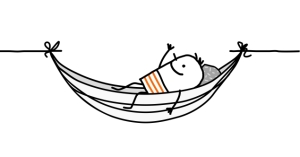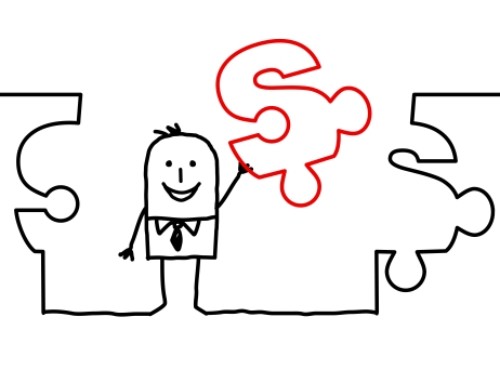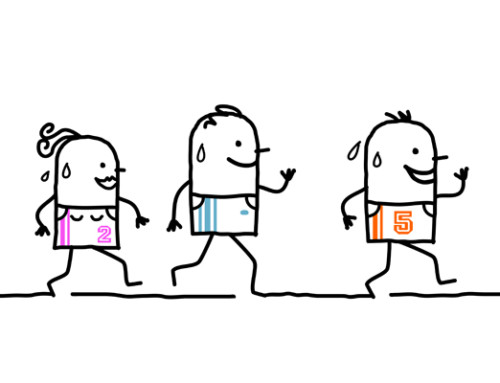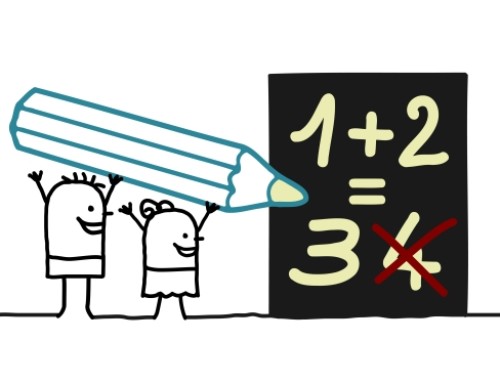In this article, I discuss the benefits of taking breaks of various lengths at different points during your day, your week, your month and even your year.
As many people do, I typically take some time off from my work during the Christmas holidays. This year, I made two decisions which will allow me even more time off: First, I decided to take a full two weeks off before returning to work on Monday, January 6th. In past years, I would return to seeing clients on January 2nd if it were to fall on a weekday. Secondly, I decided to take three weeks between blog article postings rather than the two-week interval to which I have religiously adhered for several years. That means that this will be my final blog article of 2019 and I will post my first article of 2020 on Sunday, January 5th.
Both decisions made sense on their merits. First, with New Year’s Day falling on a Wednesday, it didn’t make much sense to go back to work for just two days before my regular weekend time off. Secondly, trying to stick to the two-week blog posting interval also did not make sense as it would have required me to post my next article on Sunday, December 29th while I was away in my hometown of Winnipeg for the holidays.
I briefly considered posting an article just a week following this one before coming to an epiphany: Taking a little more time off at this time of year from my work seeing clients and from posting blog articles was the right thing for me from a self-care perspective. Taking a few more days off from seeing clients and from posting articles would give me my first two-week vacation in a long time. It also reminded me of the benefits of taking breaks to rest and relax for different time intervals and at different points during the day, week, month and year. This will be the focus of this my final blog article of the year.
Benefits of taking breaks
Taking breaks on a daily, weekly, monthly and yearly basis has many benefits. Most notably, it helps you to recharge your physical, mental and emotional batteries. In turn, this helps you to perform better at work, school, sports or whatever activity you wish to excel at. It also helps you to derive more enjoyment from your activity and from life in general. Failing to take sufficient breaks leads to burnout whose symptoms include mental, physical and emotional fatigue, decreased performance and lack of enjoyment of the activity and life in general.

When to take breaks
You should take breaks on a daily, weekly, monthly and yearly basis. Daily this would involve a break at the end of the work or school day plus breaks inserted during the day. These breaks will help you to recharge during the day and at the end of the day so that you can give your best during the times each day when you are performing tasks.
Longer breaks—two consecutive days at least—should be scheduled weekly or following several consecutive days of working as your schedule permits. These breaks will allow you to recharge for your next week of work/school or for the next stretch of working days.
Depending on how much control you have over your schedule, it is good to schedule even longer breaks—typically referred to as vacations—at least once a year and more often than that if possible. Such extended breaks will give you the extra rest you need to recharge physically, mentally and emotionally after a long period of working hard. You can then approach your next stretch of work or school feeling rejuvenated and ready to give your best performance.
May you enjoy a well-deserved break during the holiday season and throughout the year,
Dr. Pat





Leave A Comment